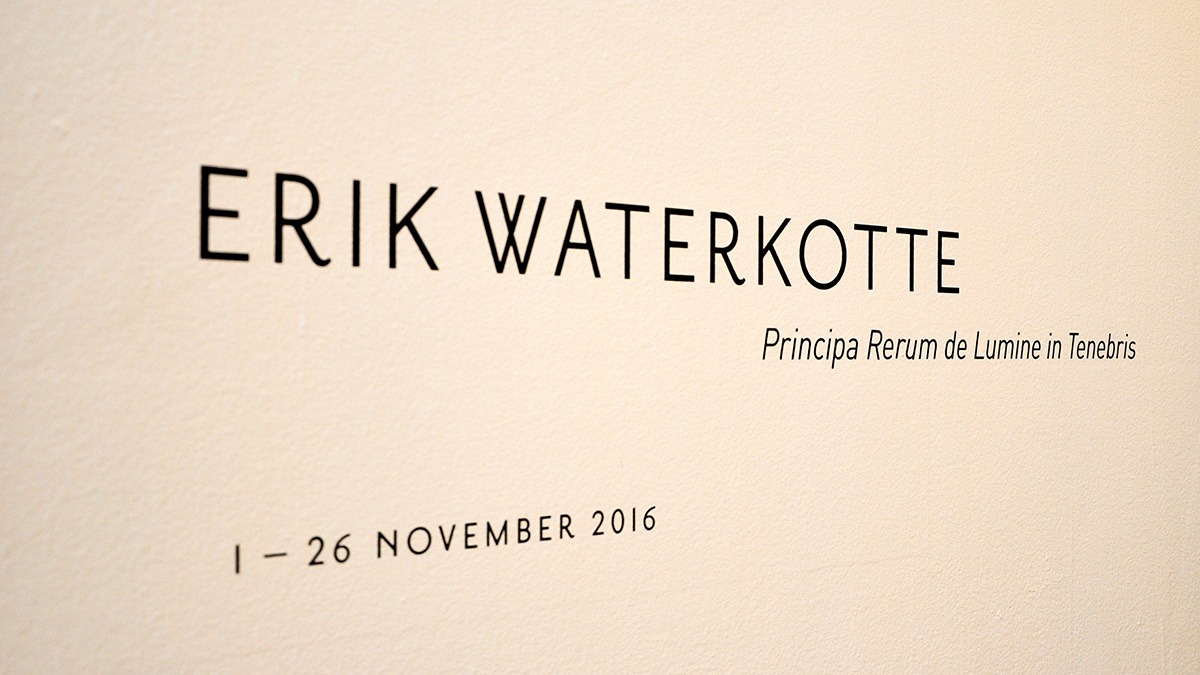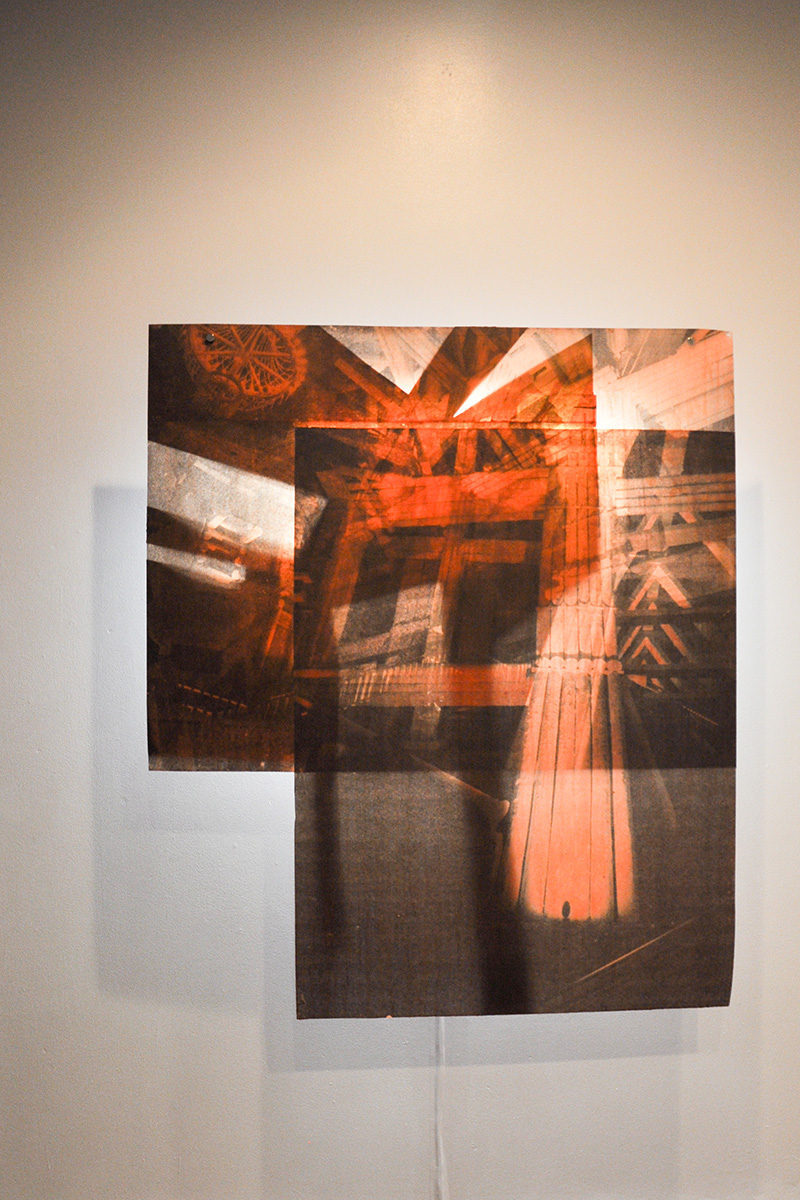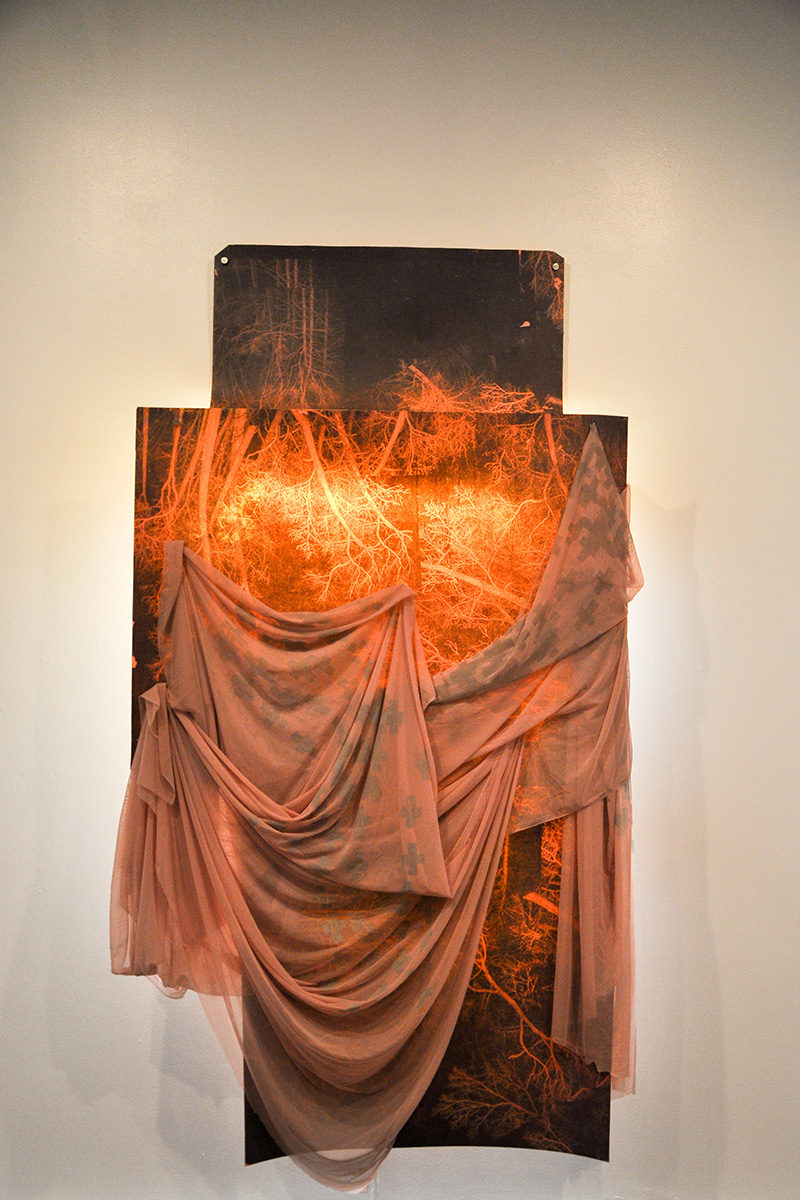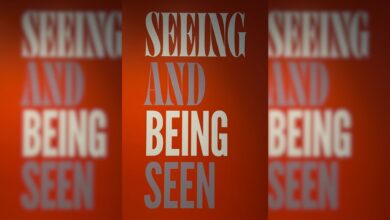Finding a little faith at FAB Gallery
 Danielle Jenson
Danielle JensonWhat: Principa Rerum de Lumine in Tenebris (The Principle of Light in the Dark)
Where: FAB Gallery, 1-1 Fine Arts Building, Edmonton, AB, Canada
When: Now until November 26th
Price: Free
The concept of the sublime refers to a worshipper’s spiritual experience within a sacred space. Erik Waterkotte attempts to recreate this experience in his latest exhibit, transforming viewers into worshipers, and the FAB Gallery into a space of spiritual pilgrimage.
Principa Rerum de Lumine in Tenebris (The Principle of Light in the Dark) is the second of an on-going series of prints, videos, and installations by Erik Waterkotte — a U of A alumni (MFA 2005), and current Assistant Professor at the University of North Carolina, Charlotte. From now until November 26, the FAB Gallery hosts his work, which explores themes of belief and ritual in relation to space. Drawing on his family history and Catholic background, Waterkotte portrays the emphasis of light and darkness in Western Christian rituals and incorporates mystical symbolism of the Free Masons to address his family history as carpenters, and its relationship to his work as a printmaker.

The layout of the exhibition imitates the progression of belief. In Domo Domini, et in Tabernaculo Foederis, the first installation, references the Catholic Tenebrae — a ritual in which candles are progressively extinguished, leaving parishioners in darkness. The viewer is separated from a video projection by a thin white veil, decorated with small black crosses. As the projection progresses, numerous circles of light, accompanied by humming and bells imitate the chants and tolling of the bell that accompanies the Tenebrae. The journey to belief begins by experiencing the spiritual relationship between light and darkness.
Guiding the viewer through the exhibition is Waterkotte’s Votives de Lumine. Like the circles of light guiding the viewer’s experience in the first installation, the Votives de Lumine navigate the viewer through the sacred space of the gallery. They feature two parts, one is highly reflective, while the other is muted, exploring the relationship between light and shadow.
Punctuating the Votives de Lumine, are two works that express Waterkotte’s ability to combine Christian symbolism with mysticism to create a sublime space. Et Memoria Terroir references the Free Mason cornerstone and uses Christian symbols. Waterkotte weaves family history and religion to create a space of reverence with the inclusion of the background white vinyl temple, red triangles and circles, crosses, and heart held together by the shape of a double helix.
Following subsequent Votives de Lumine, the viewer at last arrives at Intra Montem Salis, three installations that form a triangular space. The drapery on the focal piece, is the same one hangs between the video projection of In Domo Domini, et in Tabernaculo Foederis and separates the viewer from the main projection. Here, the drapery is lowered, revealing a steady stream of light that recalls the story of Moses and the burning bush — as the light emits through veils of branches. This reference to a Christian story of faith and transformation represents the final stage of belief. Here, the light is no longer numerous or subject to eventual extinction. Instead, light — a representative of faith — is steady.
Erik Waterkotte’s Principa Rerum de Lumine in Tenebris demonstrates how spiritual experience can transform space and render it sacred. With the viewer in the role of worshipper, the sublime as the experience of the worshipper transforms the meaning of space.





